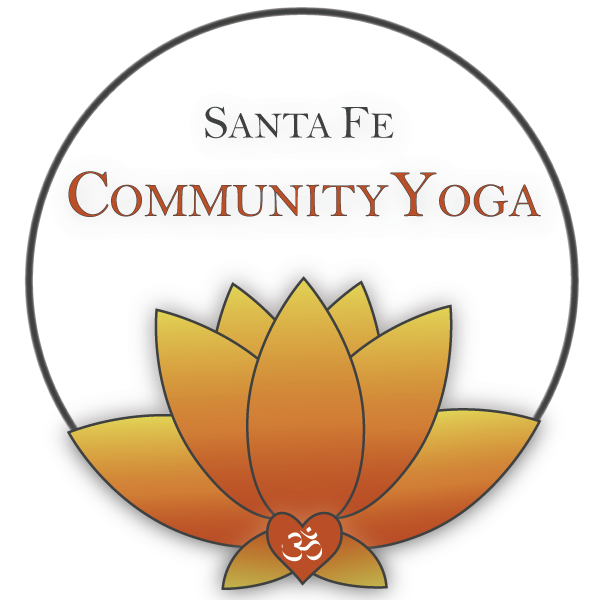Blog post by Eliza Skye
“Time is a created thing. To say ‘I don’t have time,’ is like saying, ‘I don’t want to.”
There is no scientific explanation for time, yet it is the one common thread for all of humanity. Time passes for us at seemingly the same speed - we all have watches, phones and clocks that tell us so. However, we have all experienced hours that drag by and hours that feel like minutes. In the end, time can only be categorized in three different ways: the past, present and future and can only exist inside of that moment we call “now”. All events, memories and emotions from the past as well as every potential for the future are bundled together in the present moment. In Hinduism, time is known as kala, which is also the name for death. Time and death are grouped together because the amount of time we have to experience the planet is determined by when death happens. Time exists when we are living in this world of duality, but it disappears when we are in a higher state of meditation. Have you ever noticed a moment in which time seemingly ceases to exist? Some call it the zone, the flow and in the yoga world, we call it samadhi. They are all different names for the same thing - the mind is fully focused on the present moment. Past and future no longer enter the mind, and therefore time is irrelevant. There is no need to measure time when you are immersed in the now. It is the only thing that is real. The more we can find those moments, the more we can enjoy the gift of life.
Pose: Utkata Konasana (Goddess Pose)
The literal translation of Utkata Konasana is Powerful Angle Pose or Fierce Angle Pose. It is an intense squat, opening the hips, groins and chest. Goddess Pose strengthens the core muscles, quadriceps and inner thighs, as well as the shoulders, arms and upper back. Due to the intensity of the squat, it helps promote stronger circulation in the body and increases the heart rate. As with all standing poses, Utkata Konasana improves balance, focus and clarity. Different arm variations, such as eagle arms and dynamic movement, can add more elements of finding stillness. Energetically, this can be a very grounding pose, with the base of the spine reaching toward the earth below and both feet rooted into the mat. Be mindful of the knees and hips when exploring this pose, and be sure to take breaks when needed.
Mudra: Kalesvara Mudra
Kalesvara Mudra is dedicated to the lord of time and is used for overcoming character traits and habits that no longer serve us. It helps us step back and observe our behavior, so we may evaluate areas where we have a need for growth. Because it is such a cleansing mudra, it aids the body in cleansing toxins, or cells that no longer serve us. This means the mudra can stimulate the systems of digestion, perspiration, urination and elimination. An effect of all this cleansing and releasing is decreased anxiety and more clarity in the present moment. To practice this mudra, bring the tips of the thumbs and middle finger together, while the rest of the fingers fold inward so knuckles are together. It is most effective when practiced for twenty minutes each day.








